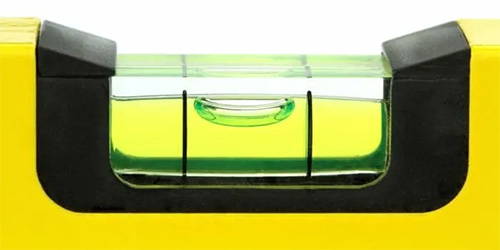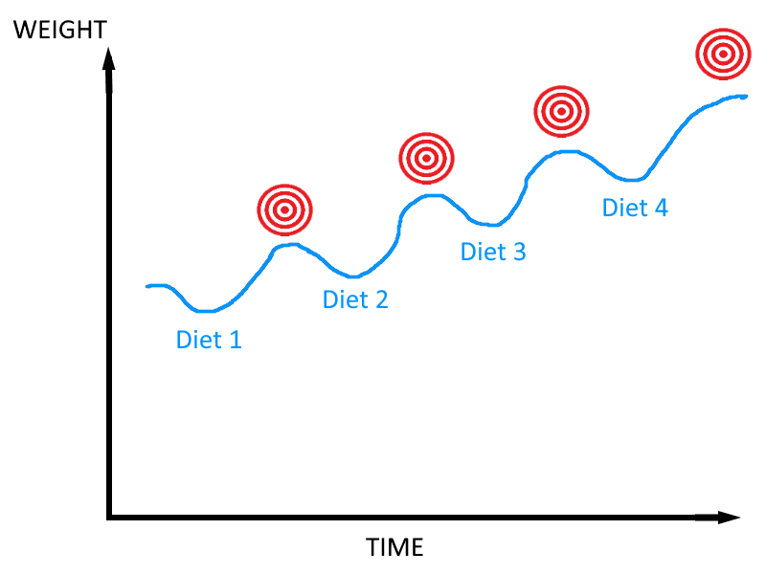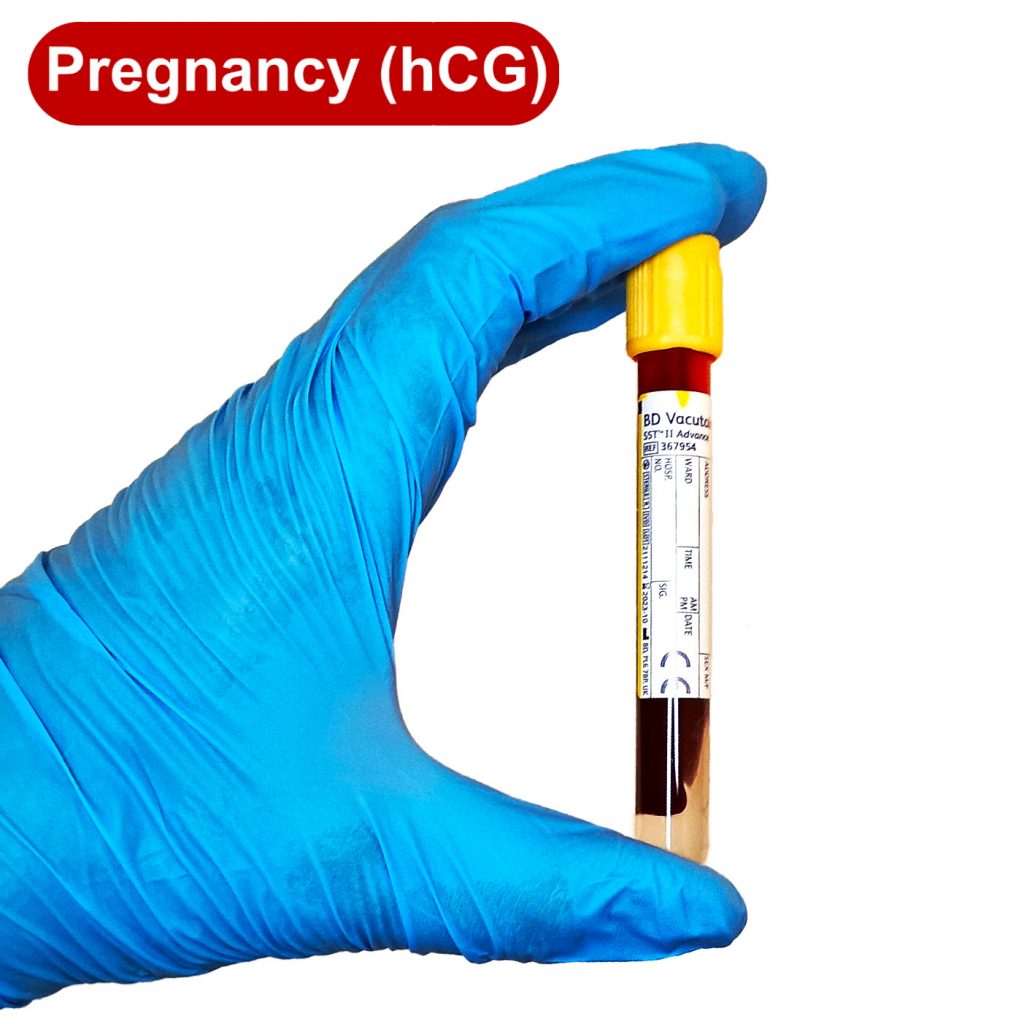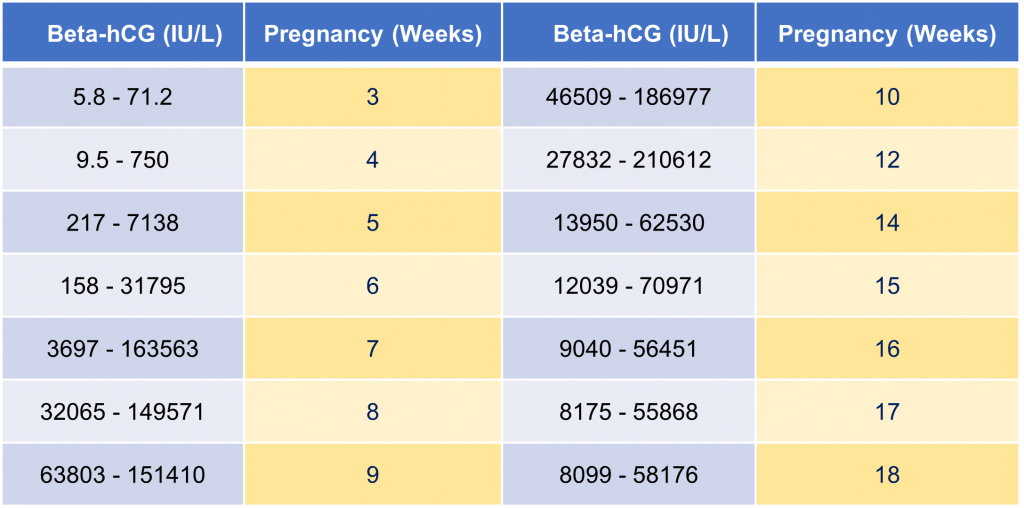You may have heard of some amazing weight loss injections and wanted to find out more about them. Ozempic is the brand name for the drug semaglutide which has shown amazing results for weight loss. The other brand name in the UK is Wygovy.
Why calorie counting does not work

Why calorie counting does not work
The standard exercise myth is that you will lose weight if you eat less and exercise more. That is true to a certain extent especially if you are eating significantly more than your required calories to begin with. But overall it is recipe for failure. Let us see why calorie counting does not work.
1st Law of thermodynamics
The first law of thermodynamics goes something like this:

Perfectly logical so far. ‘Energy in’ is easy, that is the food and drink that you ingest. ‘Energy out’ is quite a different matter. We think of energy out as exercise; something that is within our control. However, 70% of the energy we use daily is actually our Basal Metabolic Rate (BMR) which is not in our control. The other 30% of the energy we use daily is a combination of passive energy use (walking, fidgeting, cleaning) and active energy use (exercise).

Therefore, most of our energy expenditure is not in our control and is the reason why burning a few hundred calories in the gym makes little difference to our weight. In addition, for the rest of the day your body then tries to conserve energy. Read on and you will discover why it makes even less difference than you think.
What decides our obesity risk?
The popular misconception is that fat people are fat because they are lazy and eat too much. In fact, free will or personal choice only accounts for a small percentage of our weight. The obesity risk is:
- Hereditary predisposition (genes): 75%
- Free will: 15%
- Home environment / parental influence: 10%
That means that our genes account for most of our obesity risk. Everybody has a particular body type that we inherited, but a hundred years ago most people were a normal weight. Sure, people would come in a range of sizes but they would mostly be in the normal weight range. Fast-forward to the modern day and again we have a range of sizes but now two-thirds of people are in the overweight and obese range. The genes have not changed in such a short period of time. The only thing that has changed is our environment, especially our food environment, chronic lack of sleep and increasing stress.
[wpcode id=”1865″]1st law of thermodynamics is true only for machines
Let us put the energy in and energy out equation to the test.
If we eat 100 kcal more than we need each day (1 banana, or a few plain biscuits, or half a chocolate bar), then after 1 year we would have consumed 365 x 100 = 36,500 kcal extra.
1 Kg of fat = 7,000 kcal
So, we would expect to gain 36,500 divided by 7000 = 5.2 Kg of fat over a 1 year period.
Does that make sense to you? Let me put it another way. If we continue to eat 100 kcal extra for 5 years, then we would gain 26 kg. That is 57.3 lb or 4 stone 1.3 lb. Believe me when I say that does not happen and here is why.
The Vermont Overfeeding Study 1971
Prison volunteers, with the promise of an early release, were overfed in this experiment to reach a 25% increase in their weight over a 3 month period. At the start of the experiment they were eating around 2,200 kcal daily.
The scientists calculated that they would need to feed the prisoners approximately 3,000 – 4,000 kcal daily to help them achieve the 25% weight increase. In fact it took 8,000 – 10,000 kcal per day! Even then, many of the prisoners never managed to achieve the target weight whilst eating such a massive calorie load.
All the subjects returned to their pre-study weigh within 3 months after returning to their previous eating pattern.
A clue to why it took so many calories to achieve the weight gain comes from the observation that the prisoners were hot to the touch. They were literally burning up as their bodies ramped up their Basal Metabolic Rate to try and burn the extra calories. Their metabolic engines were running hot!
The Minnesota Starvation Experiment 1944
Another experiment performed earlier in the last century tried to study how the human body would cope with starvation. The Minnesota Starvation Experiment was performed in conscientious objectors who volunteered to make themselves useful during the Second World War.
The study subjects were fed a calorie-restricted diet of 1,500 kcal daily for 24 weeks. During this time, they lost an average of 25% of their body weight. However, their Basal Metabolic Rate dropped by 50%. Their heartbeat and breathing became slow and they were cool to touch as they had developed low body temperature. They suffered from depression, anxiety, hypochondria, poor concentration, and low libido. Unsurprisingly, they were preoccupied by thinking about food and especially fantasised about high calorie foods. Why would anyone want to this to themselves, but this is what dieters around the world do to themselves every day.
Refeeding of the subjects caused rapid weight gain and overshoot; i.e. they weighed more afterwards than they did to begin with. They lost muscle mass during their weight loss phase but this was never regained. The weight they gained was almost entirely fat.
It is surprising that this study is not more widely publicised. Low calorie diets are harmful. We have known this for more than 70 years. Why are NHS dieticians and diet companies allowed to propagate this disproven method of weight loss?
The weight set point
The two studies above highlight the important principle that the human body is very good at regulating itself, i.e. homeostasis. For example, we do not need to think about regulating the amount of fluid in our bodies. Our thirst mechanism takes care of our fluid intake, and our kidneys remove any excess.
In the same way, our brain has a weight set point which it tries to maintain. This is regulated through our Basal Metabolic Rate. As soon as we start overeating, our BMR speeds up to get rid of the excess. That is why the Vermont study subjects were hot to the touch; their BMR was high. When we reduce our calorie intake to less than we need, then the opposite happens and our BMR immediately slows down to conserve energy. This is why the Minnesota study subjects started feeling cold.
Just like any living organism, the survival instinct is powerful in human beings. Our bodies work hard to maintain homeostasis and try to overcome our efforts to cause imbalance. When we under-eat and lose weight this threatens our survival and our weight then rebounds afterwards. It then settles at a higher weight set point just in case we decide to starve ourselves again. During the weight loss and then weight regain, we lose muscle mass and gain fat. Our BMR, which relies on our muscle mass, then declines and we find it even harder to control our weight in the future.
The result of yo-yo dieting is a progressively higher weight set point and a body composition of more fat and less muscle that makes weight control difficult.

Hormones control our weight
Our weight is controlled, not by calories, but by the interaction of various hormones acting on the weight set point to maintain homeostasis. What disrupts this balance is the obesogenic environment that we live in. When body weight goes over a certain amount then we become insulin and leptin resistant and our brain becomes deaf to the signals that our hormones are trying to give it. We become permanently hungry despite our high intake of calories.
How to normalise weight
The calories in/calories out mantra has been going on so long that people cannot understand how they can possibly lose weight. Calorie restriction involves misery, going against our survival instinct and is unnatural. The best way to normalise weight is to target the weight set point.
That means:
- Stop counting calories; not only the ones we eat and drink, but also the calories we burn on the treadmill. Our bodies adjust our BMR immediately to conserve energy if we eat too little or exercise too much.
- Start thinking long term and not day-to-day. Any drastic cut in calories or over-exercising will be seen as a threat to your survival and will raise the weight set point for the future. The weight set point will take time to settle at a lower level, typically months or years depending on how much your weight is out of step with your optimal weight. You did not become overweight overnight and you will not reduce your weight overnight.
- Eat real food like people used to eat before the processed, high calorie, high sugar, high fat, high salt, and low fibre food revolution came around. Processed food disrupts your normal weight control mechanism. Your body has not evolved to deal with processed food in a healthy way yet.
- Sleep 8 hours per day. Lack of sleep increases insulin resistance, increases stress and raises your weight set point.
- Reduce stress. The stress hormone cortisol raises the weight set point.
- Your body is made to move. Tone your muscles with activities you enjoy (reduces cortisol and increases insulin sensitivity to reduce the weight set point). You do not need to run a marathon.
Some people may be at the point where their metabolism is completely dysfunctional and the will need the help of medication or weight-loss surgery to help them. That typically happens when the BMI goes over 30-35. Their bodies are telling them that they are always hungry despite getting more than adequate calories.
In all cases, it is best to seek the help of a clinician with an interest in obesity in order to get personalised advice and treatment.
Click here to read about weight loss injections
A Comprehensive Guide to Pregnancy Testing

Demystifying pregnancy testing
For many women and couples, a pregnancy test can be a turning point—a moment filled with a mix of excitement, hope, and anxiety. With a myriad of pregnancy tests available in the UK market, it’s crucial to understand how they work, their accuracy, and when to use them. This guide aims to demystify the pregnancy testing process, using some of the most frequently searched terms about the subject.
Types of pregnancy tests
1. Home Pregnancy Tests (HPTs) or Pregnancy Test Kits
These are the most common tests available and are designed to be used in the comfort of your own home. Do cheap pregnancy tests work? Yes, even budget-friendly tests can be accurate. It’s more about using the test correctly than the price. They are often sold in multiples of 2 or 3 as women may not rely on just one test, and want to do repeated tests on one occasion or over a period of time for confirmation.
Standard Stick Test: These are the most commonly recognised tests. You pee directly onto the stick, and after a few minutes, the result will be displayed, usually as lines, a plus/minus sign, or even words like “pregnant” or “not pregnant.”
Digital Tests: These provide results in words and often include a timer on the digital display, letting you know the test is working. They might be slightly more expensive than the stick test but can eliminate the guesswork of interpreting lines.
Test Strips: These are often more affordable and come without the plastic casing. You dip the strip into a collected urine sample.
2. Clinical Urine Test
This is performed at a doctor’s office or a clinic. It works similarly to HPTs, but the results might be considered more trustworthy, given that healthcare professionals read the test. However, most NHS general practitioners do not do these tests as they are similar to those that can be bought over-the-counter and patients are expected to do them.
3. Blood Pregnancy Tests
These are the most accurate and can detect pregnancy earlier than urine tests. They are done at a clinic or laboratory. There are two main types:
Qualitative hCG Blood Test: It checks to see if the hormone hCG is present. It provides a simple yes or no answer to whether you are pregnant.
Quantitative hCG Blood Test: This measures the exact amount of beta-hCG in the blood. It can detect even very low levels of beta-hCG, making it very accurate. Additionally, it can help track potential problems during pregnancy. A number of companies offer this type of pregnancy test online but this is a little misleading. You can pay for the test online but then have to visit the clinic or laboratory to do the test.

Things to Consider:
Timing: The accuracy of a pregnancy test largely depends on timing. Testing too early, even with an early detection test, can lead to false negatives. If in doubt, wait a few days and test again.
Sensitivity: Some tests are more sensitive than others. The packaging usually indicates the sensitivity level, with those detecting lower levels of hCG being more sensitive. Some early detection tests claim they can detect pregnancy a few days before a missed period. While they test for the same hormone, they might be sensitive enough to detect lower levels of hCG earlier in the pregnancy.
Expiration Date: Always check the expiration date. An expired test might not provide accurate results.
Follow Instructions: Each test might have slightly different instructions. For accurate results, always follow the manufacturer’s guidelines.
When to take a pregnancy test
The best time to take a urine pregnancy test is at least a week after your missed period. This will reduce the chances of the result being a false negative. If it is negative and you still suspect that you might be pregnant, then test again after a week. The best time of day to do a pregnancy urine test is first thing in the morning after waking as the urine is more concentrated.
A pregnancy blood test can detect pregnancy much earlier than a urine test and is more reliable. It is the best way to detect pregnancy within the first month.
Pregnancy blood test levels

Click here to use easy pregnancy due-date calculator
Understanding Urine Pregnancy Test Results:
Positive Pregnancy Test:
This indicates the presence of hCG suggesting pregnancy. Urine pregnancy tests used correctly have a very low false positive rate of 1% or less due to taking certain medications or a medical condition. Nevertheless, a positive result is highly reliable.
Negative Pregnancy Test:
No hCG was detected, implying no pregnancy. If you still suspect that you are pregnant then repeat the test after a week.
False negative pregnancy results have been found to be as high as 5% in some studies. This can be due to:
Testing too early: This is the most common reason for a false negative result. The earlier you do a home pregnancy test, the harder it is to detect hCG. That’s why it’s better to wait until you have missed a period.
Checking the result too early: Follow the instructions for your particular pregnancy test and only read it after the right amount of time has passed. Reading too early can give a false negative result.
Taking the test later in the day: For the most accurate results, take the test using the first urine passed in the morning on waking.
Faint Line on Pregnancy Test:
The dreaded faint line can still be positive. However, if the test is read too late then an evaporation line from the drying of the urine on the stick can be mistaken for a pregnancy test faint line. In this case, it is better for you to take another test.
Advantages of blood pregnancy tests
Beta-hCG blood pregnancy tests are not only accurate in confirming pregnancy but are instrumental in various health scenarios. These include:
Early Detection: Blood tests can detect hCG levels even before they’re high enough to be caught by urine tests. This means potential pregnancies can be identified sooner, allowing for early intervention and care.
Quantitative Insights: Unlike most urine tests that provide a simple positive or negative result, blood tests quantify the exact level of hCG. This specific measurement can be crucial for doctors to monitor the progress of the pregnancy and the effectiveness of the fertility treatment.
Monitoring Treatment Efficacy: In fertility treatments such as IVF or IUI, tracking the rise and fall of hCG levels can provide insights into the success of the procedure. It can also help in adjusting dosages or treatment methods if required.
Detecting Ectopic Pregnancies: Elevated hCG levels combined with other symptoms can hint at an ectopic pregnancy. Early detection via blood tests can save lives, as untreated ectopic pregnancies can be life-threatening.
Predicting Multiple Pregnancies: Extremely high hCG levels can sometimes indicate multiple pregnancies, like twins or triplets. This information can be vital for planning prenatal care.
Reduced Uncertainty: Unlike urine tests, which may sometimes display faint lines leading to confusion, blood tests offer clear, numerical results, reducing uncertainty and anxiety.
Consistency and Reliability: Blood tests for hCG are consistent and are less influenced by factors that can affect urine tests, such as the dilution of urine or the time of day.
In conclusion, while pregnancy tests available in the UK are generally reliable, it’s essential to use them correctly and understand their nuances. When in doubt, do repeated tests over a period of time, do a pregnancy blood test or consult with a healthcare professional.


